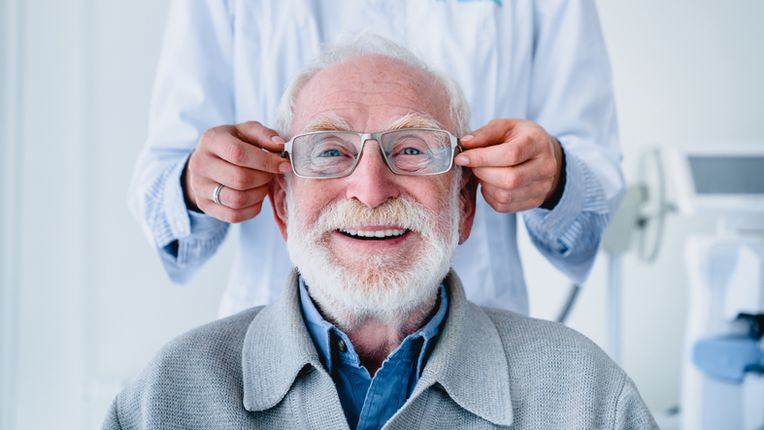Optometrists are advising caution amidst the recent launch of a range of new Virtual Reality (VR) and Augmented Reality (AR) headsets into the market and forecasts that suggest the number of Australians using the technology could more than double to 3.3 million (12%) by 2027.
The warning on potential negative effects on users’ eyesight also comes at a time when new data from The Bupa Pulse Check revealed that 34 per cent of Aussies say technology is having a negative effect on their mental health, this includes 53 per cent of those aged 18-29.
Bupa Optical Optometrist Karen Makin said VR and AR technology have big roles to play in the future of healthcare and society more broadly however too little is known about the long-term impacts of usage on people’s eyesight.
“There is no doubt that excessive up-close usage of screens and reduced exposure to natural light outdoors can have a negative effect on people’s eyesight, potentially causing short-sightedness, dry-eye, eyestrain or general irritability.
“The difference between using a VR headset and staring at a PC or smartphone is that the perceived depth of field is arguably more real with the headsets, yet the eyes are actually seeing a screen only a few centimetres away. The eyes may operate differently to normal in terms of how they adjust to the perceived distances, and how the eye might adjust or change in the long-term, is something we’re still learning about,” Karen said.
To help monitor changes in eyesight before and after purchasing such devices, it’s recommended that Australians have their eyes tested every two years or as recommended by their medical professional.
“This will ensure that we can discuss your lifestyle habits such as screen time and VR usage and track any changes or emerging problems before they become big ones, said Karen.
With a view to providing new and cutting-edge healthcare options, Bupa has utilised Virtual Reality for therapeutic usage across its operations in recent times, including in its aged care homes for residents with cognitive impairment.


